|
Last year, Golden Hills RC&D coordinated and collaborated with conservation boards, Loess Hills Alliance, Bill Blackburn, and others, creating Loess Hills and Heritage Week to celebrate western Iowa’s unique and cultural assets. During this week, individuals can escape from the hustle of work life and enjoy western Iowa’s Loess Hills during the second annual Loess Hills and Heritage Week, September 22-30, 2018. This week will “showcase the unique geological, topographical, archeological, and other distinct aspects of the Loess hills, including their special plants, animals, and history.”
The events span to several western counties in Iowa: Woodbury, Monona, Harrison, Pottawattamie, Mills, and Fremont. Some of the events include Literary Loess, Hike and Write, and a Pawpaw festival at Waubonsie State Park, Nature Calls in Sioux City, Apple Fest in Woodbury, Loess Hills Parks and Peaks Bike Ride, and multiple events at the Hitchcock Nature Center in Pottawattamie County. The complete list of events can be located on the following website: http://www.visitloesshills.org/events-list.html. The Loess Hills (pronounced “Luss”), meaning loose or crumbly, is one of Iowa’s important natural resources, ranging 640,000 Acres, across Western Iowa. Blackburn said, “To get people to protect the hills, we have to get people engaged, being mindful of the economic, social, and environmental impacts.” According to the Nonprofit Scenic America, these hills have unique plant and animal species and native Iowa prairie, making the Loess Hills one of the 10 ten most scenic byways in the United States. Experience the Loess Hills. From a bike. On a hike. With food. All during Loess Hills and Heritage Week. For more information, contact Tina at [email protected] or 712.482.3029.
0 Comments
By Tina Bakehouse, Outreach & Communication Coordinator Golden Hills RC&D
Five years ago a group of rural artists and Golden Hills RC&D, a Southwest Iowa nonprofit, had a vision. They wanted people to visit small town Iowa to promote art. Thus, in 2014, the Southwest Iowa Art Tour initiated its inaugural debut. The tour is celebrating its 5th year and has grown. The first tour featured nine community stops with 30 artists. The event has grown to include fourteen unique stops with more than 85 artists. Southwest Iowa has become a creative hub of artists. This self-guided tour allows participants to come and go from location to location at their leisure, exploring diverse art forms, including metal, sculpture, quilting, paint, jewelry, and more from more than 85 artists. This event will be held Saturday, September 15 from 10:00-5:00 pm and Sunday, September 16 from noon-4:00 pm, which includes 11 unique stops in the following Southwest Iowa towns: Glenwood, Macedonia, Malvern, Red Oak, Harlan, Shenandoah, Tabor, Avoca, Neola, Sidney, and Council Bluffs. The Southwest Iowa Art Tour is coordinated by Golden Hills and supported by local artists from throughout the region who collaborate to provide opportunities for the public to view and purchase their work. Funding to support this free event has been provided by the Iowa Arts Council, Art Works, the National Endowment for the Arts, and numerous local businesses. The Southwest Iowa Art Tour wants to connect rural communities through visual art. Paul Koch, potter from Painted Camel in Macedonia, said, “The Southwest Iowa Art Tour celebrates the talents of artists living in rural communities and brings people to gathering places who may not have experienced the beauty and charm of these smaller towns.” By promoting and educating rural art, the art tour assists in the viability, recognition, and support of artists to cultivate visual arts appreciation and celebrate the traditional and contemporary arts. For more information be sure to check the “Southwest Iowa Art” Tour Facebook page, visit their website: www.swiarttour.com, or contact Tina Bakehouse at 712.482.3029 or [email protected]. Come support our artists in Southwest Iowa, and be a part of “connecting communities through art.” Golden Hills RC&D is a nonprofit organization with a mission “to develop and promote sustainable cultural and conservation projects that enhance the quality of life and preserve the assets of rural western Iowa.” It takes the financial support of southwest Iowa organizations and community members for Golden Hills RC&D to continue offering projects in arts, culture, and conservation. For more information about Golden Hills RC&D visit www.goldenhillsrcd.org. Support Golden Hills RC&D and your community. Together, we can help make rural towns vibrant. By Tina Bakehouse, Outreach & Communication Coordinator, Golden Hills RC&D
Judy Dittmar strides across Zack Edler’s third grade classroom. With a purple marker in hand, she writes “KUMQUAT” on the board in all-caps. As the Roosevelt Elementary students file into the classroom, they point to the strange word and murmur, “What’s that?” Dittmar, the 54-year-old dietitian for the Council Bluffs Community School District, announces, “Who’s ready to try a kumquat?” Some hands shoot up, while some students raise their eyebrows, hesitant to try the orange, oblong fruit. Dittmar is on the frontlines of America’s struggle to get its children to eat better. Few places in Iowa have as big of an obesity problem as the county that surrounds Council Bluffs. Pottawattamie County was near bottom for health—91st out of Iowa’s 99 counties. In a 2014 report, the federal Centers for Disease Control and Prevention said 36.8% of Pottawattamie County adult residents are obese, a level that’s five percentage points higher than Iowa’s average of 31.6% for obesity. Individuals who are obese have a higher risk for other lifetime health problems such as heart disease, cancer, stroke, Type II diabetes, and more. Poor nutrition ranks 6th out of 10 leading causes of death. This has significant financial consequences, increasing healthcare costs. Teaching kids to eat right can help prevent a lifetime of obesity. “Obese kids are more likely to be obese adults,” said Suzy Wilson, a nutrition consultant at the Iowa Department of Public Health. “The habits kids learn when they’re young can translate to what they’ll do as adults.” But breaking this cycle is hard. “For one, it’s hard to change habits. Our environments are filled with snack foods and fast foods that are quick, cheap and tasty,” said Wilson. Ruth Litchfield, Iowa State University Professor of Food Science and Nutrition said, “Our environment has been referred to as an ‘obesogenic environment’-- it does not promote physical activity and promotes consumption of large portions of high calorie, low nutrient food.” In 2014, the Iowa Department of Public Health said 14% of junior high and high school students consume less than one fruit a day and 18% consume less than one vegetable a day, less than the daily recommended amount. The U.S. Agriculture Department recommends children ages 9-13 should eat 1 ½ cups of fruit a day and 2-2 ½ cups of vegetables a day. Eating right is even harder for those who live in poverty. Junk food is less expensive. Many live in a food desert, where there are so few grocery stores that finding healthy, affordable food is hard. Unfortunately, one in five children in Iowa are food insecure. The U.S. Census Bureau shows 10% of Pottawattamie County residents live in poverty. According to Lisa Stewart, Supervisor of Nutrition Services and Warehouse for Council Bluffs Public School District says, “Eight out of eleven elementary schools serve lunch to students for free. School is the primary food source in Council Bluffs.” The dependence on schools for food makes them perfect for teaching kids how to eat right. Few school districts in Iowa are working as aggressively to improve the eating habits of their students. Council Bluffs is one of only 14 Iowa school districts, 92 schools in 13 counties, involved in the Pick a better snack program, a federal program developed in Iowa that teaches healthy eating habits and encourages physical activity. In order to qualify for the program, urban schools must report 60% of their student population participate in free and reduced-price lunch program; whereas, rural schools report 55% participation. Even having a dietitian conduct a nutrition lesson in an elementary school is unusual. But Dittmar is proving that children from disadvantaged households can learn to eat healthier at home. Each month during a 30 minute lesson, she introduces a food, reads a related book, encourages students to do a physical activity like jumping jacks, provides food samples, and asks for student feedback. Dittmar says, “Kids are more likely to try new foods at school. It’s positive peer pressure.” Her healthy habits are contagious. Buzzing through hallways with her food cart wearing a bright red, polo, jean skirt, and tights decorated with pictures of vegetables, she hugs students, welcomes food staff, and high-fives teachers. With her petite, athletic build, she exudes confidence and passion for healthy eating. In high school, Dittmar thrived as an athlete and raised a garden with her family. She practices what she preaches. She runs half marathons, bikes trails and roadways, and enjoys eating fresh produce from the Bountiful Basket program. Students give a “thumbs up” if they like the food. “Don’t ‘yuck’ my ‘yum’,” Dittmar says, teaching children to respect different opinions, empowering them to make their own decisions. Third graders receive bingo cards, encouraging families to be active and eat healthy. All students wear stickers, saying “ASK ME ABOUT _______” to elicit discussion with parents at home. Hailey Moher, age 6, says, “She brings yummy things, and we try different fruits.” Mason Aldredge, age 6, says, “Judy is fun. We try new foods, like garbonzo beans.” Zach Edler, Roosevelt third grade teacher, has started eating the healthy snacks this year and has observed more students trying new foods because he’s willing to try them. Sindy Kafka, Roosevelt kindergarten teacher, noted she’d never tried jicama before. Kafka says that because of Judy, she tried it, and along with the kindergartners, now knows what it is. Wilson, from Iowa Department of Public Health, has seen Judy interact with students in the classroom, saying, “The kids like Judy. She does a great job relating to students and connecting the Pick a better snack lesson to academics, getting kids excited about fruits and vegetables.” Stewart, Dittmar’s supervisor, agrees, saying, “I learned everything I know about nutrition from Judy. She’s very important to the district, this department, and a great part of our team.” Dittmar’s lessons reach beyond the classroom. Her lessons even get parents to eat better. Sara Watts, Mason’s mom, says, “I normally don’t eat a lot of fruit and veggies. When we’re at the grocery store, my son points out food he’s had at school and asks me to buy them. Like pears. Or pineapple. Now, we’re eating a lot healthier at home.” Pick a better snack has three goals: increase intake of fruits and vegetables through food tastings; increase physical activity to 60 minutes daily; and increase consumption of low-fat dairy. In this program, Dittmar presents fun, research-based lessons, prepares healthy snacks, and coordinates with teachers, Iowa Department of Public Health, other dietitians, and staff. She writes grants to fund her programs and supplies because her position is 80% grant funded. Each month, she teaches 1,500 students in seven elementary schools, contacting over 12,000 youth each year, bringing in $57, 418 for the district. Due to dietitians such as Dittmar, the Pick a better snack program affects children’s eating behavior. In 2011-2012, the USDA conducted a study that showed students participating in the Pick a better snack program ate more fruits and vegetables than those who did not participate in the program. The word is getting out. With an increase in marketing the program on social media, billboards, posters, online, and at schools, there’s more awareness about the program and the importance of eating healthy, supporting Dittmar’s efforts. “It’s making small changes in the food we choose to eat,” said Wilson, referring to the 2015-2020 Dietary Guidelines for Americans. But the program’s success is being overshadowed by budget fights in Washington. The Supplemental Nutrition Assistance Program Education, “SNAP Ed,” is one of the programs under debate for future funding, which is supported by the Farm Bill. Agriculture committees in Congress are debating whether to make big changes to all SNAP Ed programs, which funds Pick a better snack. With over $600,000 devoted to the Pick a better snack program throughout the state each year, Iowa Department of Health officials are watching the Farm Bill debate closely to see whether SNAP-Ed will be cut. Even with the program’s success, Dittmar is worried about the program going away. “I’m a nonessential,” she says. Nutrition education is considered supplemental education, and the program is threatened. Even with these challenges, Dittmar continues pursuing opportunities to expandnutrition education in the district. She’s writing another grant. If she earns this grant, the Council Bluffs school system will have another dietitian who will teach Pick a better snack to more students in the district. Dittmar holds the kumquat in her hand. Excited to find this “rare treasure,” she buys them in bulk to share. Grinning, she says, “Kumquats are my favorite—nature’s sour, tart candy. Give it a try.” The students can’t let Dittmar down. After the sniff test, they pop the unique fruit in their mouths. Everyone makes a face. A few pass on second helpings. Several shriek in delight. Echoing many of the positive responses, Kinzie Jones, age 9 says, she’d try them again because “They’re both sweet and sour.” If you walk into Roosevelt or the six other elementary schools, you’ll see the Council Bluffs Community School dietitian Judy Dittmar. She’ll be zooming from class to class with her “You’ve Got Power” cart, passing out snap peas, or hummus, or kumquats to try and smiling and hugging kids as they run by. Dittmar goes the extra mile. Like Stewart says, “There’s so much more to Judy’s job than feeding kids and giving snacks.” |
Archives
June 2024
Categories
All
|
Address712 South Highway Street
P.O. Box 189 Oakland, IA 51560 |
ContactPhone: 712-482-3029
General inquiries: [email protected] Visit our Staff Page for email addresses and office hours. |
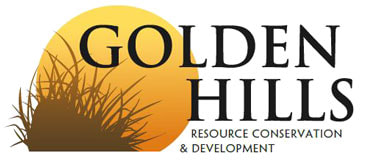
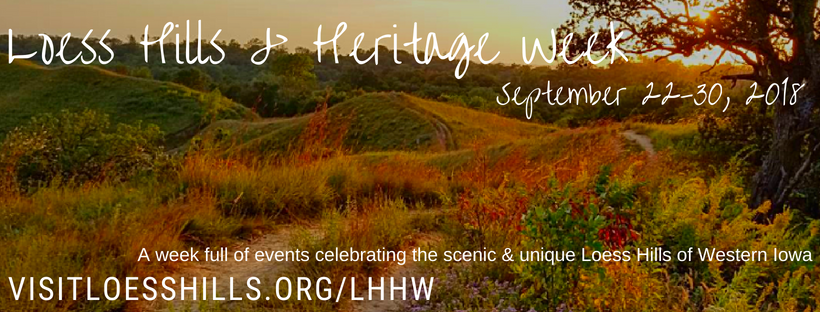
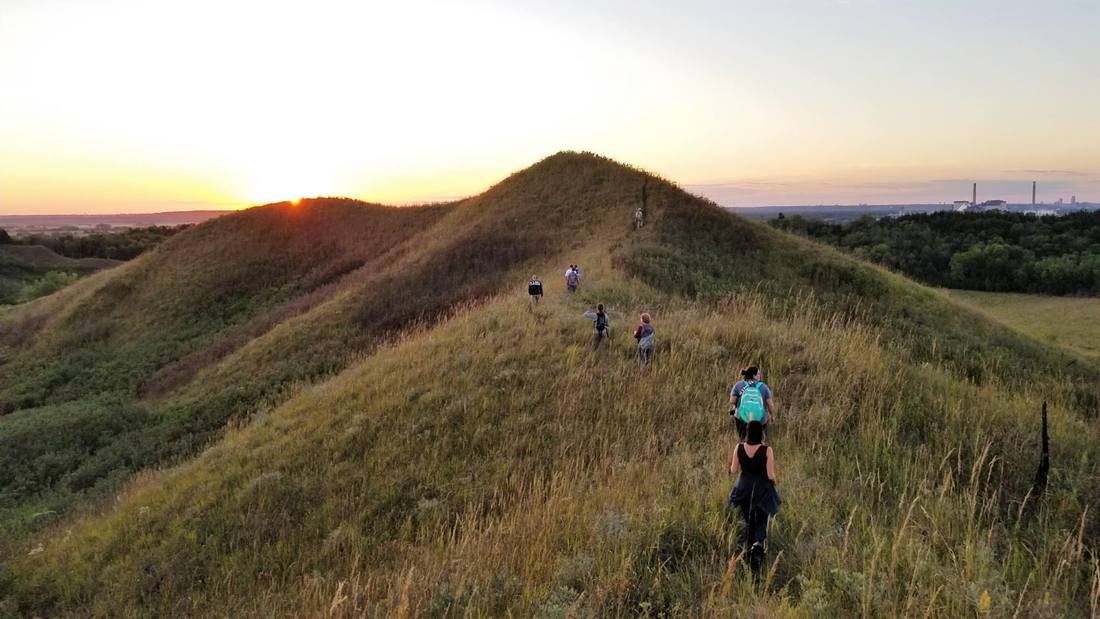
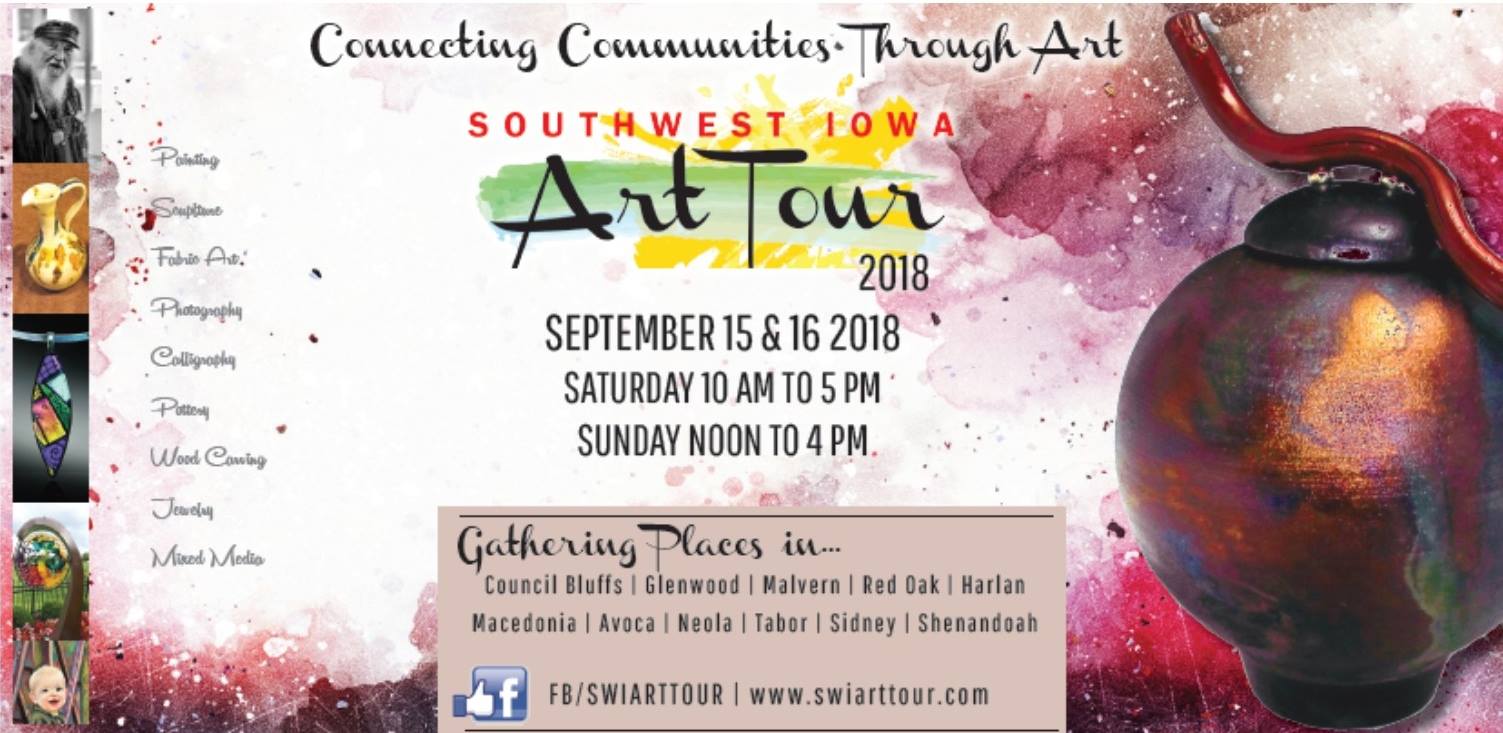
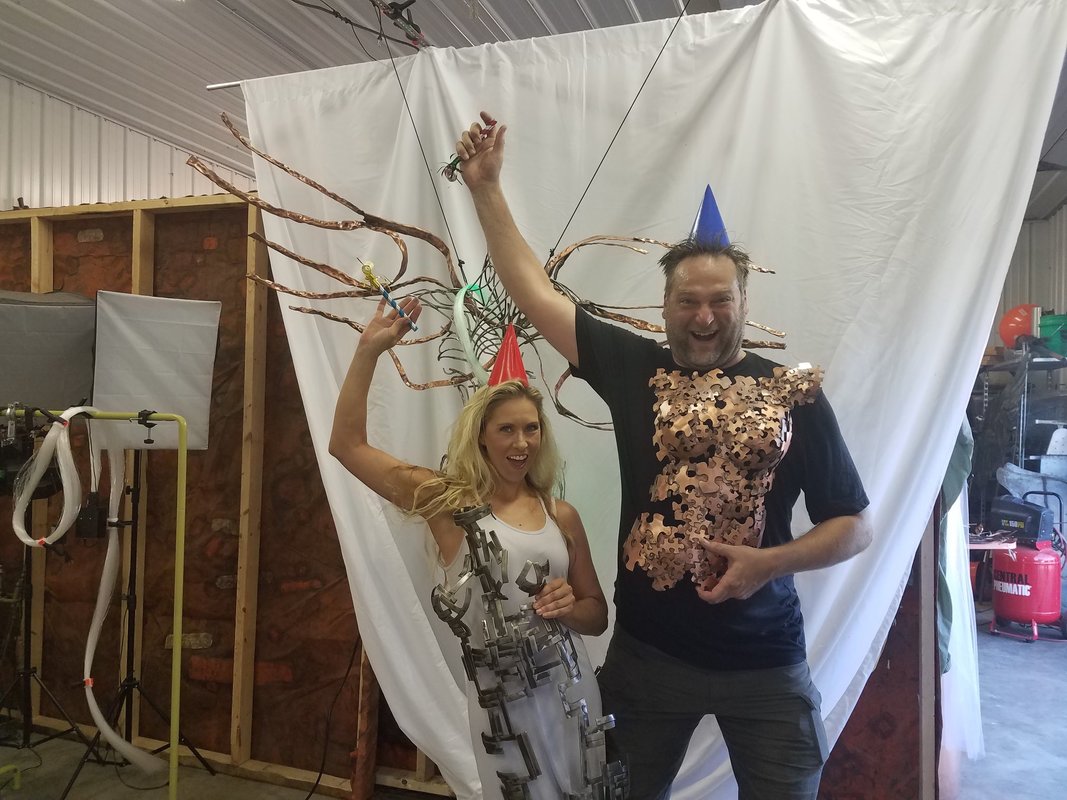
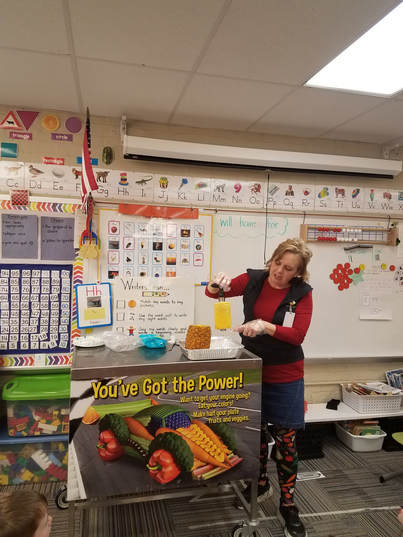
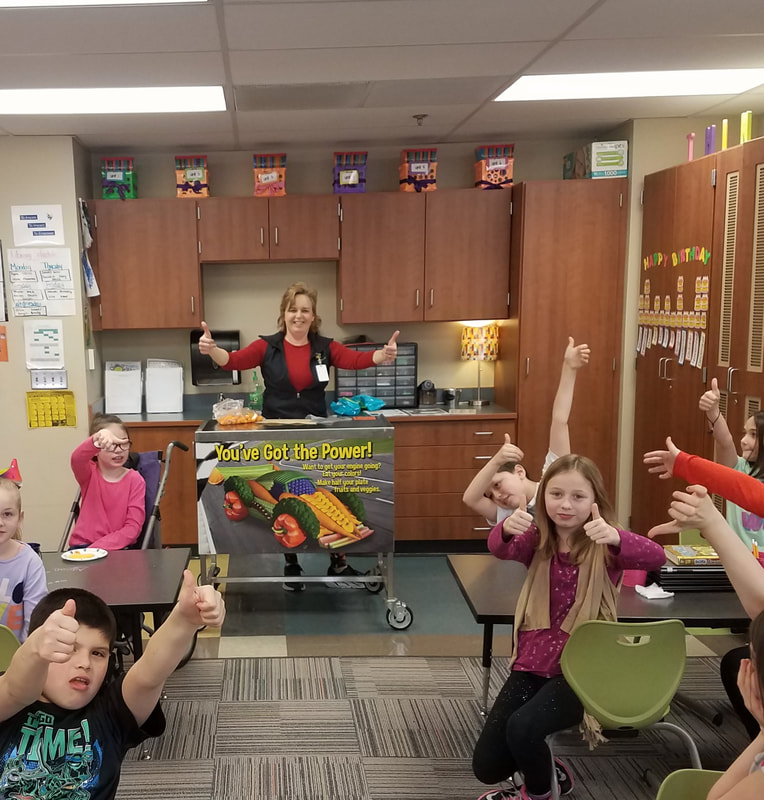

 RSS Feed
RSS Feed